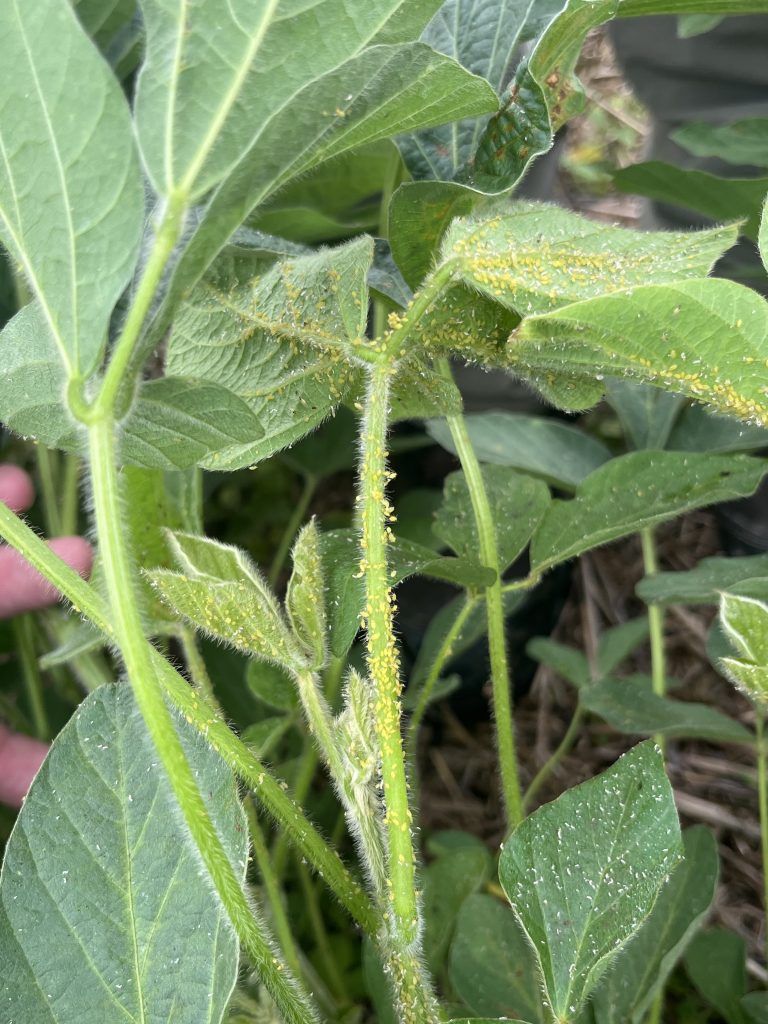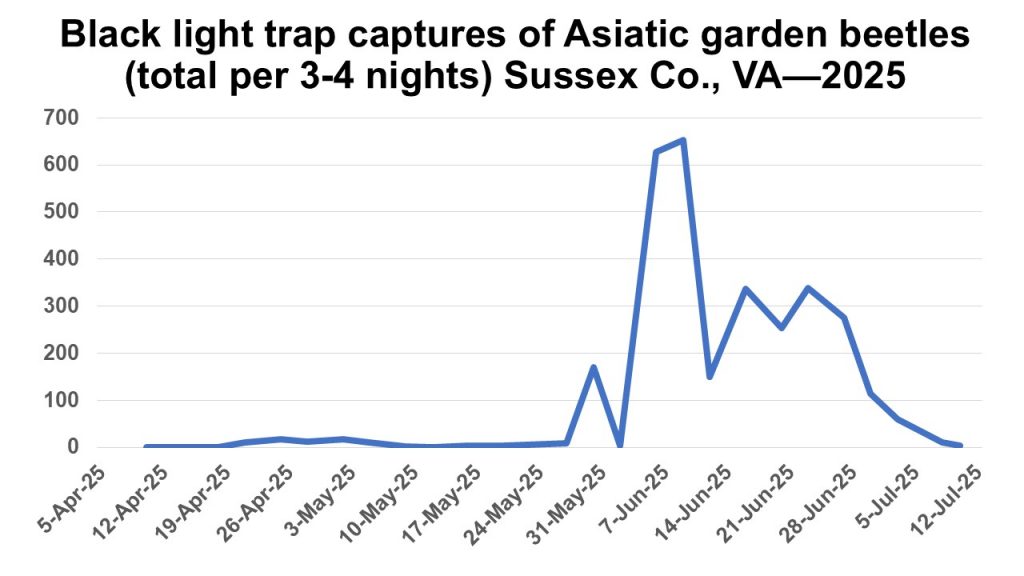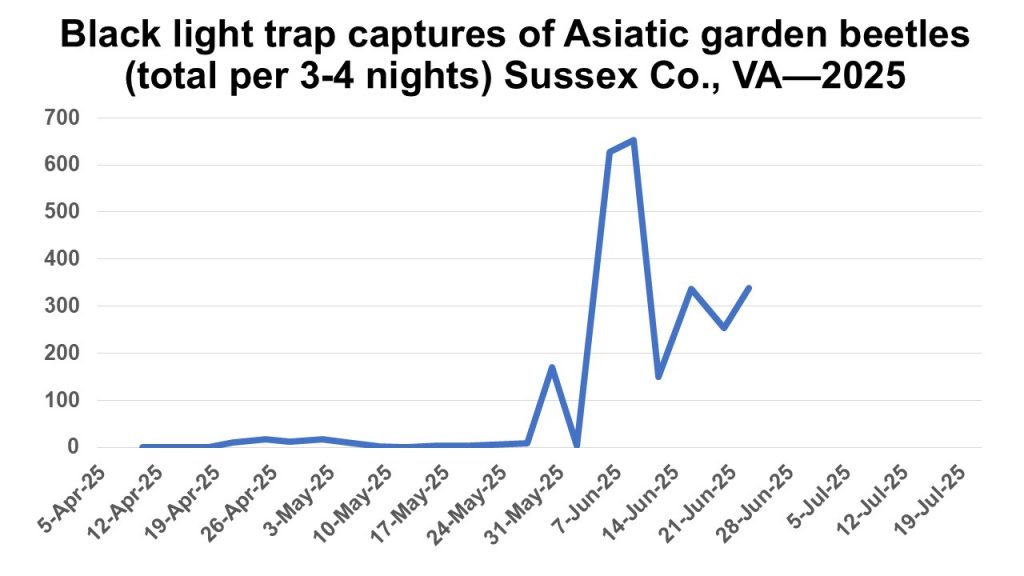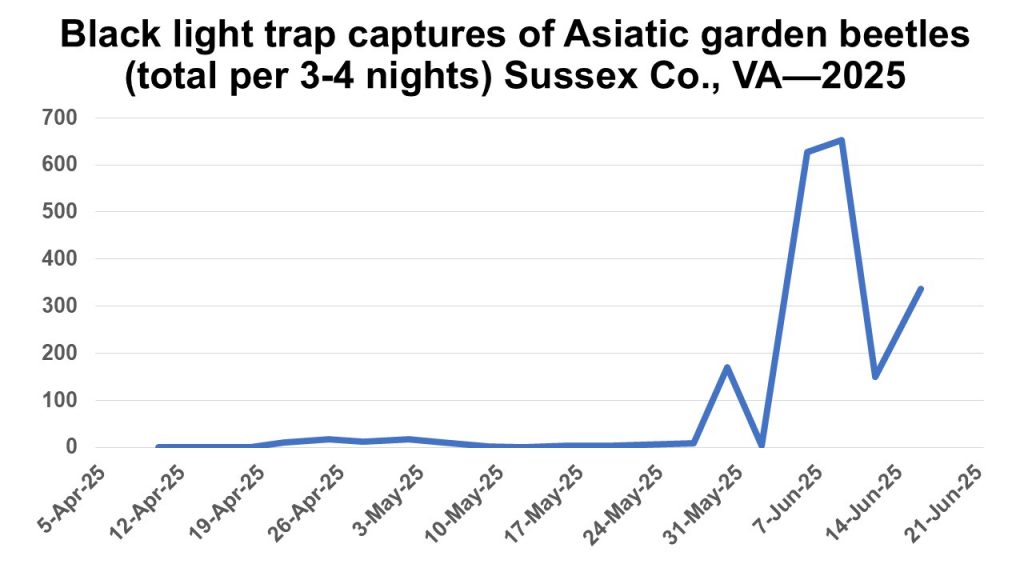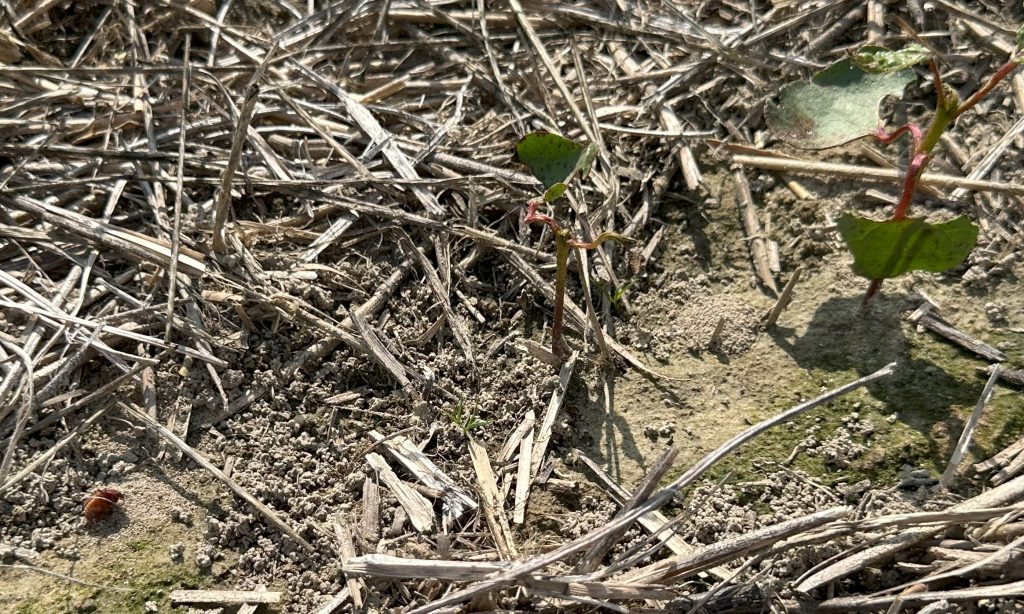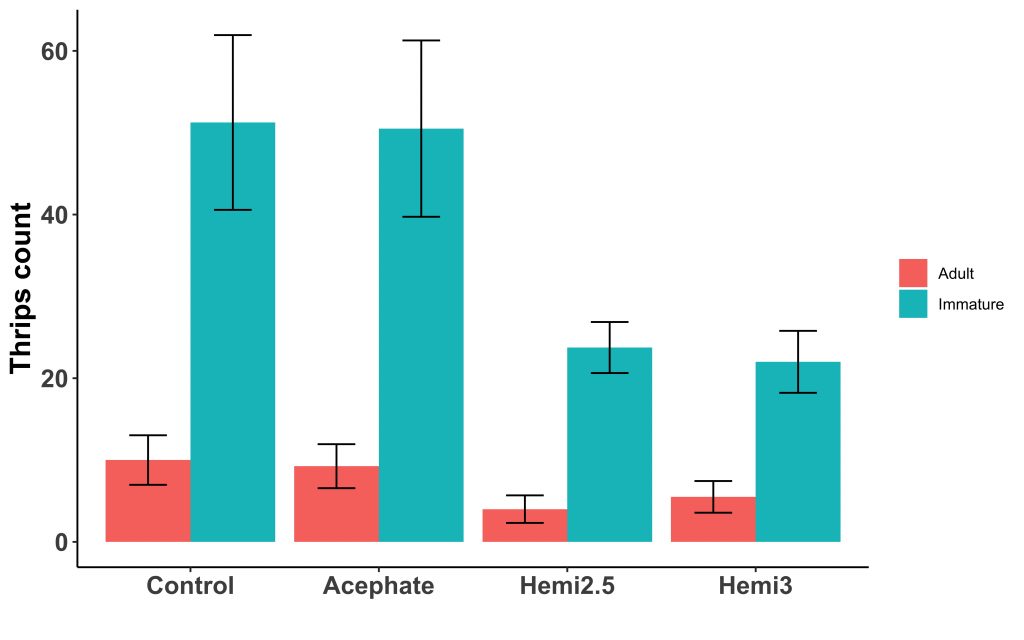Posted on behalf of: Dr. Carrie Ortel, Soybean Agronomist
Each year, the Virginia Tech Soybean Agronomy Program conducts the Official Variety Trials (OVT), evaluating a wide range of commercially available soybean varieties to provide farmers with unbiased, research-based information for variety selection. Traditionally, these results are compiled into a VCE factsheet and shared during winter extension meetings in January and February.
This year, growing interest in earlier access to results encouraged our team to launch a new interactive Soybean Variety Selection Tool, allowing producers to explore yield data as soon as it becomes available. The familiar VCE factsheet—including seed grading information—will still be published in early 2026, but this new tool offers a more timely and dynamic way to view performance data throughout the harvest season.
How to Use the New Soybean Variety Selection Tool
- Access the tool
Visit the VT TAREC Soybean Agronomy website or go directly to the tool here:
https://lookerstudio.google.com/u/0/reporting/5c3af27d-2168-4108-8ead-09194ec4d43e/page/C49wE - Filter the data
Use the buttons on the left side of the page to filter results based on:- System (full-season or double-crop)
- Location
- Group (field-determined relative maturity grouping)
- Brand
- Variety
- Herbicide package
- Relative maturity group
- Yield (bu/ac)
- Relative yield (percentage of maximum yield at that site and group)
- Sort columns
Click any column header to sort the table and explore trends. - Access company tech sheets
Want more information? Click any variety name to open the associated company tech sheet. You will have a redirect notice appear, the new web link should begin with https://arec.vaes.vt.edu, followed by variety information, indicating you’re continuing to a safe VT site with the PDF available. - View archived results
To explore last year’s dataset, change the “Planting Year” filter to 2024. - Share your feedback
Use the “Let us know what you think!” button to submit anonymous comments and suggestions. - Learn more about the tool
Click the “?” icon for a detailed overview of how everything works.
Why This Tool Matters
Our goal is to deliver timely, unbiased, and easy-to-interpret variety trial results to support producers in making confident variety selection decisions. While the 2025 yield data is now live, remember that results from a single year should be considered preliminary. That’s why archived data from previous years remains accessible—you’ll get a clearer picture by comparing performance over time.
We encourage growers to select multiple top-performing varieties across several maturity groups, ensuring coverage of the herbicide and disease resistance traits needed for success on your farm.
Thank You
We extend our sincere appreciation to everyone who made this tool and the 2025 OVT season possible. Special thanks to Chris Mitchell, VT CALS Web Manager, and Suzanne Pruitt, Tidewater AREC Communicator, for their guidance and support in bringing the Soybean Variety Selection Tool to life.
We are also grateful to our colleagues across the Virginia Tech Agricultural Research and Extension Centers for hosting trial plots: Dr. Joseph Oakes and his team at the EasternVirginia AREC; Dr. Arash Rashed, Ned Jones, and Laura DeBusk at the Southern Piedmont AREC; Dr. Mark Reiter and Andrew Fletcher at the Eastern Shore AREC; and Jenny Sheetz at the Northern Piedmont Center.
Finally, we appreciate the participating seed companies for contributing their top varieties to the soybean OVT and supporting research that benefits growers across Virginia.
Questions or Suggestions?
We’d love to hear from you.
Contact: Carrie Ortel — carrieo@vt.edu


